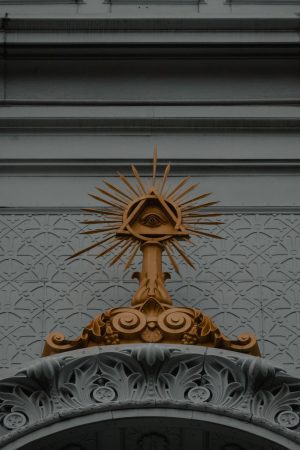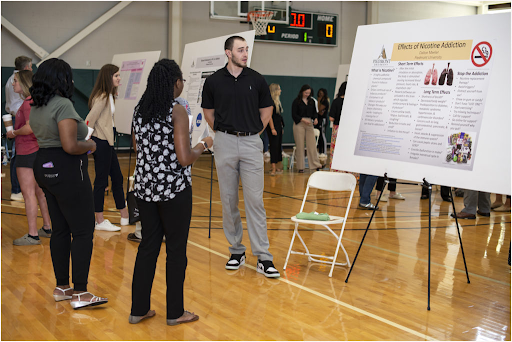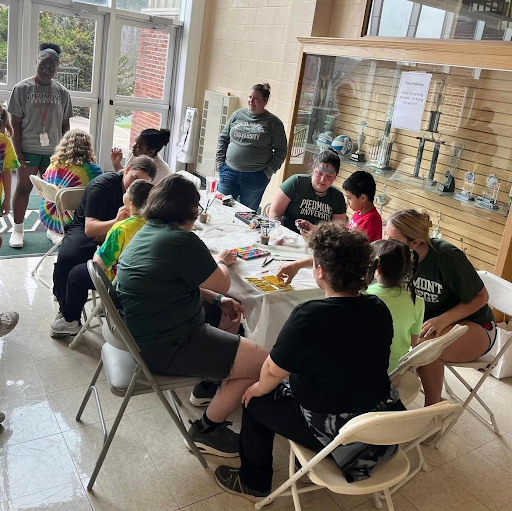By FLETCHER DEAL
When the J.S. Green Collegiate Institute transitioned to Piedmont College in the early 1900s, a lot of the rules and forms of discipline transitioned as well.
The rules made by the discipline committee were final and applied to all students, including those living in dorms and private homes, with minor exceptions.
Faculty supervision was required for attendance at church services, study halls and all college assemblies.
A member of faculty was also required, “to visit those houses in town where students had rooms, for the purpose of securing obedience to the rules of college dormitories,” according to the Centinnial “History of Piedmont College” by Mary C. Lane.
By 1903, the faculty sorted out a way to assign and report demerits.
These were reported to the registrar, where the demerits were inscribed onto the students’ permanent record.
It was also decided that parents would be informed of a student’s behavior when they accumulated 25 demerits.
The parents would be notified again when the student reached 50.
When the student accumulated 75, the school asked parents to withdraw their child from school.
According to Lane’s book, “From 1903 to 1907, instances of expulsion, withdrawal at the request of the faculty, and suspension numbered 17: four girls for insubordination and 13 boys for drinking, intoxication and bad conduct.”
While the rules we have today may seem slightly crazy, our past tells us it could be worse.















